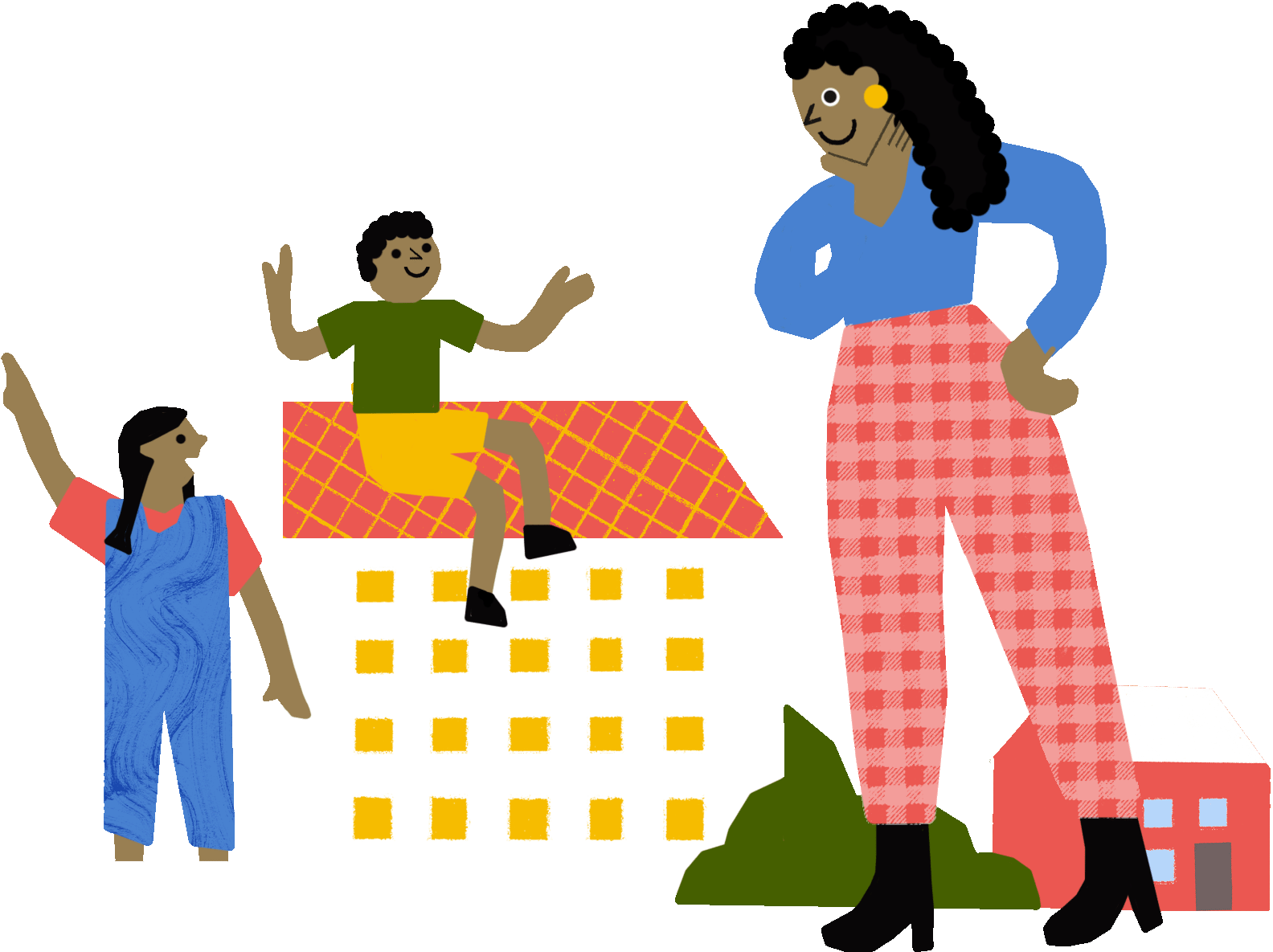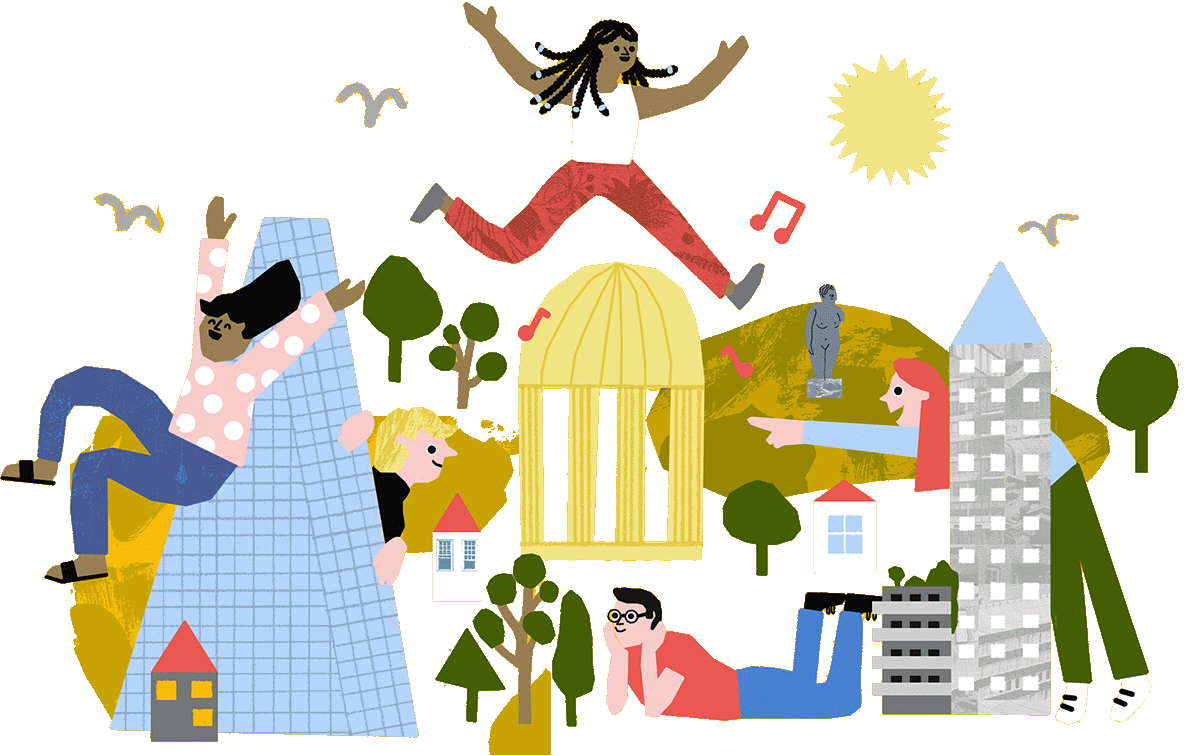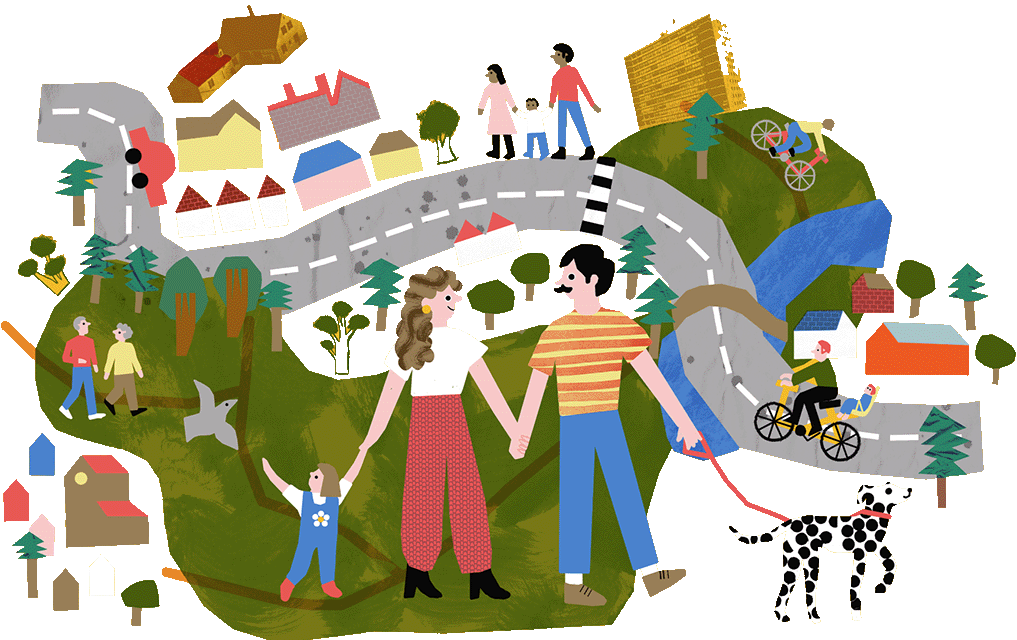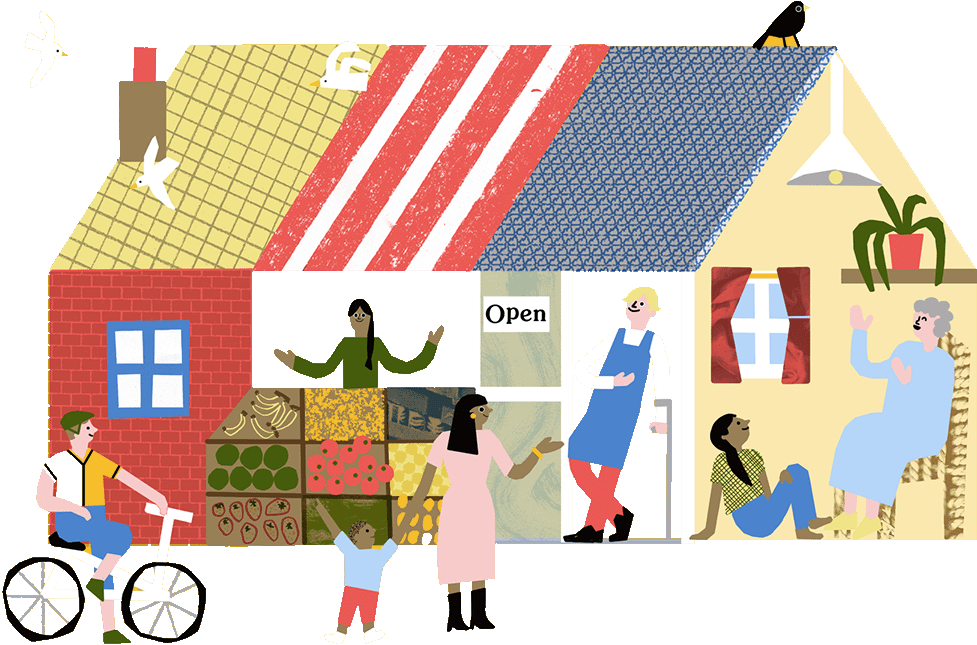Framework
What is the Quality of Life Framework?
The Quality of Life Framework sets out practical steps to address the changes that can be made across the development industry to ensure that homes are acquired, planned, built and managed to actively provide a better quality of life for everyone.
It brings together our work into six overriding themes:
- Control
- Health
- Nature
- Wonder
- Movement
- Community
Positioned around a series of case studies, the Framework sets out how communities, developers and their designers, and local authorities can create better places for people to live by placing greater emphasis on health and wellbeing.
How does the Quality of Life Foundation use the Framework?
The Quality of Life Framework underpins all our work. We use it to help people understand the impact that our homes and neighbourhoods can have on our health and wellbeing. And we use it to assess places (and plans for places) to see how well they deliver for people’s quality of life. We make recommendations based on the Framework to community groups, policy makers and built environment professionals in the pursuit of creating healthy homes and sustainable neighbourhoods.
What is quality of life?
Quality of life can be understood in terms of:
- Physical, social and psychological wellbeing;
- The social and environmental determinants of health;
- Social value, which is based on the principles and ideas of welfare economics.
We believe that if we can improve the built environment – the homes and neighbourhoods where people live – then we can raise people’s quality of life. This is good for people and good for the planet.
The quality of life themes
The Quality of Life Framework draws on a literature review carried out by Publica and subsequent research done by Social Life and Kaizen Partnership to explore the effect of the built environment on our quality of life.
The Framework uses this research to highlight six themes – the things we need from our homes and neighbourhoods to enable a good quality of life.
You can explore the themes below. In doing so, you agree to the terms and conditions of use of the Quality of Life Framework.
The evidence
In 2022 we published an Evidence Review, which explores the effect of the built environment on people’s health and wellbeing since the COVID-19 pandemic. It gives an overview of the recent evidence against each of the Quality of Life Framework themes. And it highlights the social, environmental and financial benefits of taking an approach to housing that focuses on people’s health and wellbeing.
Contact
Send us a message
Contact





